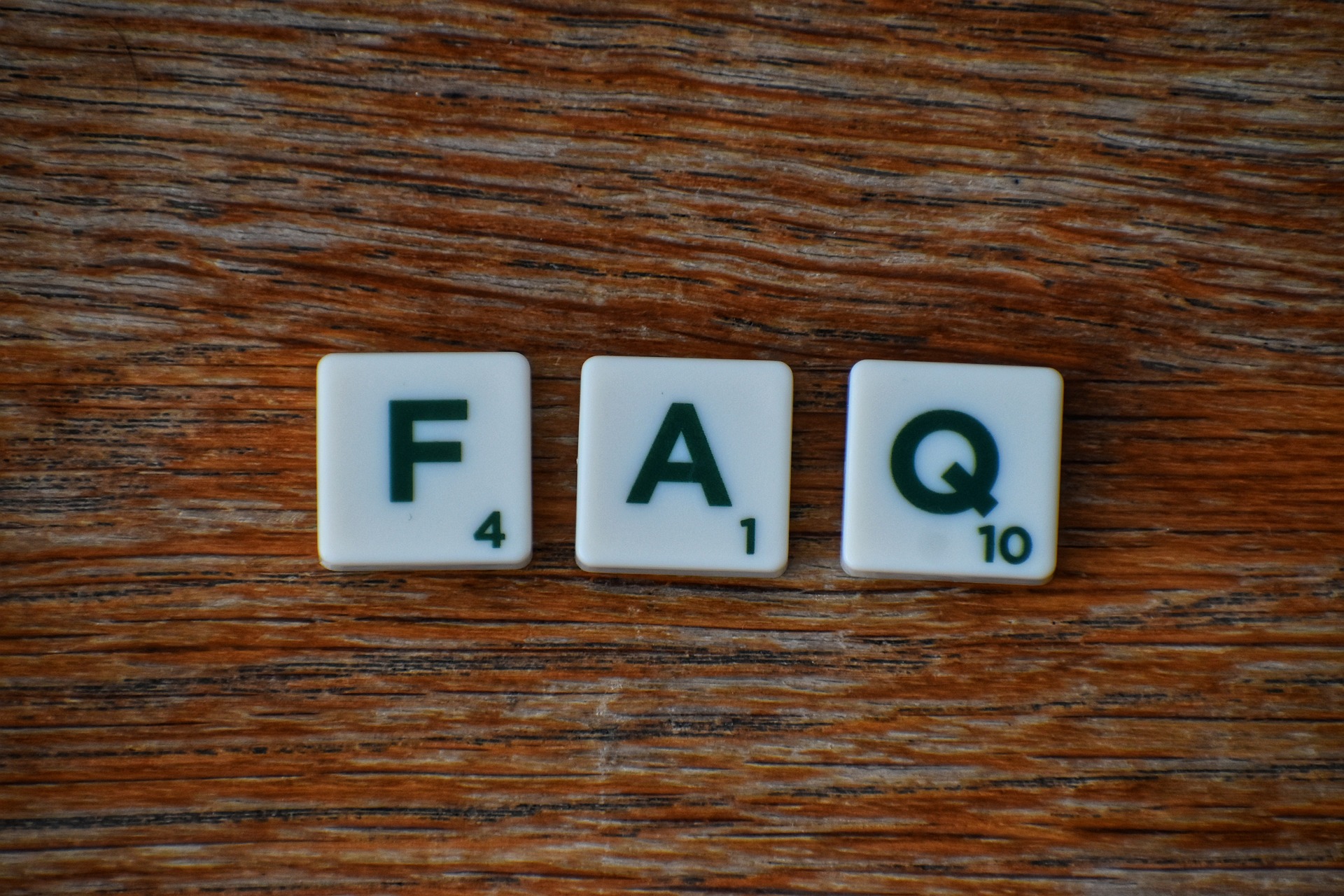What is neuroimaging?
Any imaging of the nervous system such as Brain MRI, Cervical, Thoracic, or Lumbar MRI, Head CT, Neck CT, Head and neck CTA (CT Angiogram) or MRA (MR Angiogram).
What is a brain scan?
Any imaging of the brain, usually CT or MRI, can be referred to as a “brain scan”.
What are Brain scan, Brain injury imaging, TBI scan, mild traumatic brain injury scan, MRI?
We can see evidence of brain injury on CT and MRI scans. MRI scans are more sensitive and accurate. Depending on the way the MRI scan was obtained and the expertise of the person who interpreted it, results can be variable. We routinely see cases of “normal” brain MRI, brain injury imaging, TBI scan, and mild traumatic brain injury scan, MRI that are not done appropriately or not interpreted correctly. This can lead to ambiguity of evidence in the courtroom when there are neurologic symptoms of Traumatic Brain Injury (TBI) and “normal brain scan” .Call or email us if your client’s brain scan was not interpreted by a board and CAQ certified neuroradiologist.
What are neurological symptoms?
Any symptom that can be attributed to the Brain, spine, spinal cord, or nerves. Some examples are pain, tingling, weakness, forgetfulness, vision problems, hearing issues, or seizures.
Who is a Radiologist?
A radiologist is a physician, who is specialized in interpreting images such as radiographs (X-Rays), CT (CAT scan), MRI, Ultrasound and are trained to perform image-guided procedures.
Who is a Neuroradiologist?
A Neuroradiologist is a physician/radiologist, who is sub-specialized in interpreting neuroimaging and performing image-guided procedures in the nervous system. They go through 1 to 2 years of extra training (called a “fellowship”) after receiving their certificate in radiology to gain these skills. At the end of this additional training they go through a rigorous exam to get their Certificate of Added Qualification (CAQ) in neuroradiology. Call or email us if your client’s neuroimaging was not interpreted by a board and CAQ certified neuroradiologist.
Are there different types of neuroradiologists?
While all neuroradiologists are trained to interpret brain and spine images, they can have more specific expertise due to additional training or work experience in subfields of neuroradiology. These subfields include, Traumatic Brain Injury (TBI), spine imaging, pediatric neuroradiology, epilepsy, neoplasms, or stroke.
How often do neuroimaging misinterpretations occur?
- For example, “Medial Temporal Sclerosis”, a common finding in patients with epilepsy, was missed in 86% of cases by non-expert radiologists. (Von Oertzen et al., 2002)
- Another important and common contributing factor to misinterpretation of neuroimaging findings is the “imaging protocol”. That is how the images were obtained. The questions that our expert neuroradiologists will answer while evaluating your images are: What type of scanner was used? What slice thickness was used? Which “sequence” or type of imaging was obtained? was intravenous contrast given? Expert radiologists detected 91% of cases with “Medial Temporal Sclerosis” on “Epilepsy Protocol Brain MRI” and only 50% cases on “Standard Brain MRI”. (Von Oertzen et al., 2002)
- CONTACT US if your client has a neurological symptom such as pain, tingling, weakness, forgetfulness, seizures, or they are a victim of trauma and their imaging report discusses abnormalities that do not correlate with how they feel.
- Misinterpretation of imaging findings can mislead and erroneously change the course of a litigation. For example, common findings of traumatic brain injury (TBI)such as subtle “subarachnoid hemorrhage”, “brain contusion”, and “volume loss and gliosis”, are regularly missed or misinterpreted by non-expert neuroradiologists.
Can non-radiologists interpret Brain Injury imaging or neuro-imaging (including Brain scan, Brain injury imaging, tBI scan, mild traumatic brain injury scan, MRI)?
Unfortunately yes. We believe it’s essential that you ensure a board and CAQ certified neuroradiologist has interpreted your neuro-imaging, brain imaging, or brain injury scan or MRI.
Can board and CAQ certified neuroradiologists misinterpret neuroimaging (including Brain scan, Brain injury imaging, tBI scan, mild traumatic brain injury scan, MRI)?
Unfortunately yes. This can be related to specific expertise of the neuroradiologist or human error. We believe it’s essential to get a second opinion when the imaging results do not explain your neurologic symptoms.
When Should I consult a neuroradiologist?
CONTACT US if your client has a neurological symptom such as pain, tingling, weakness, forgetfulness, seizures, or history of trauma and neuroimaging reports do not correlate with the symptoms.
What is Diffusion Tensor Imaging (DTI)?
An MRI sequence or series of images that allows evaluation of the anatomy and integrity of white matter tracts.
Does a normal brain MRI exclude Possibility of mild traumatic brain injury?
No. “Normal” brain MRI (AKA. Brain scan, Brain injury imaging, TBI scan, mild traumatic brain injury scan, MRI) does not exclude possibility of mild TBI. In fact, Most cases of mild traumatic brain injury victims have normal conventional Brain MRI and CT. Advanced imaging modalities such as DTI and Susceptibility Weighted Imaging (SWI) can shed light on subtle abnormality related to TBI.
Does it matter where I get my brain or spine MRI?
Yes. There are multiple ways to get MRI images of the brain and spine. Some of this variability depends on the MRI centers’ equipment and imaging protocols. The goal of imaging and expertise of the neuroradiologist that sets up the protocols are also essential in determining the utility of the brain MRI images for evaluation of neurological abnormalities such as traumatic brain injury.


